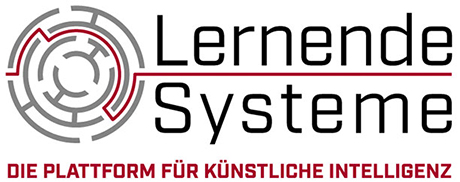
Ms. André, are humanoid robots the future of care?
Elisabeth André: Most people want to live independently in their own homes for as long as possible. But in our aging society, there is an increasing shortage of care personnel. In addition, many people in need of care do not want to be a burden on their relatives. New, increasingly powerful and cost-effective technologies can help solve these problems. These include, for example, humanoid robots, which appear to be human-like. Reservations in this country are still relatively high. But more and more people are already taking it for granted that modern assistance technologies will make their everyday lives easier. So there is a lot to suggest that humanoid robots will play an important role in the care sector in the future, yes!
Which areas of application are conceivable?
Elisabeth André: On the one hand, robots can relieve caregivers of physically demanding tasks, such as helping patients out of bed or transferring them. Care robots can also provide direct support to people in need of care by taking over household chores or helping them to structure their daily routine - for example, as a memory aid for taking medication. But the social aspects are also important to me. Of course, machines don't have real feelings, but they can simulate feelings - and they're getting better at it. And for many applications, this difference doesn't even play a decisive role.
For example, a robot could recognize that a person in need of care needs distraction by putting itself in his or her place. In that case, of course, there is no real human empathy. Nevertheless, personalized suggestions by the robot can help cheer them up. The crucial point, however, is that human contact is not replaced but supported. For example, robots in a nursing home can also drive through the rooms and motivate elderly people to engage in communal activities.
What do you have to watch out for when developing and using care robots?
Elisabeth André: It is important to involve staff, relatives and people in need of care as early as possible in the development process. What should a care robot look like: as human-like as possible or more abstract? How should it appear: mild or rather determined? Such questions are best answered in a direct exchange with future users. In any case, it must be ensured that care robots do not distract attention from people when they are in use. After all, caregivers should first and foremost be concerned with the well-being of those in need of care and not lose unnecessary time handling the robot or restrict eye contact with patients. The machine must always serve the human being and not vice versa. The primary goal must be to improve the quality of care - and not to increase efficiency!
This interview is released for editorial use (if the source is named © Plattform Lernende Systeme).
